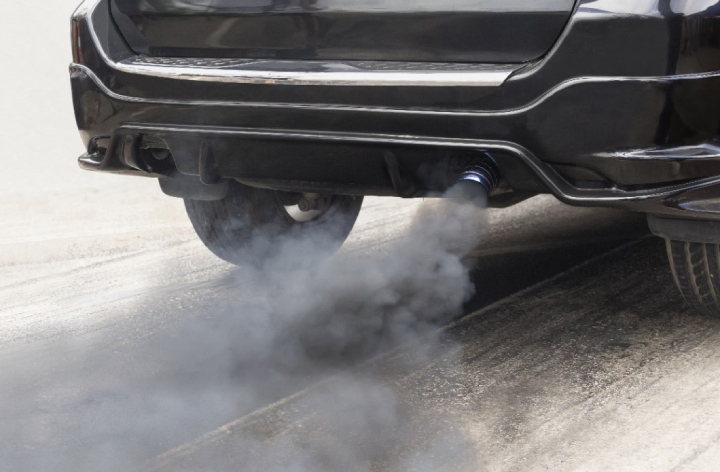How much do you know about the impact of motor vehicles on our health and the environment?
Emissions
The Australian Government has committed to reducing Australia’s greenhouse gas emissions to 43% below 2005 levels by 2030 and to achieving net zero emissions by 2050. The WA Government is also aiming to achieve net zero emissions by 2050.
The Australian Government’s Net Zero Plan articulates how Australia will transition to a net zero economy by 2050, including how it will reduce transport emissions.
Did you know:
- Per person in 2022, Australia’s carbon dioxide emissions were almost double the Organisation for Economic Co-operation and Development (OECD) average.
- Per person in 2021, Australia’s oxides of nitrogen emissions were almost six and a half times the Organisation for Economic Co-operation and Development (OECD) average.

Vehicle Emissions
Did you know:
- Short term exposure to traffic emissions has been linked to cardiovascular and respiratory hospital admissions including blood clots, asthma exacerbation and pneumonia.
- Continued exposure can lead to cardiovascular disease, lung cancer, adverse birth outcomes, diabetes and premature death. Modelling estimates more than 11,100 Australian adults die prematurely each year due to exposure to traffic emissions.
Motor vehicles produce a range of pollutants that impact our air quality, environment, and health. These include carbon monoxide (CO), carbon dioxide (CO2), oxides of nitrogen (NOx), oxides of sulfur (SOx), particulate matter (PM), hydrocarbon emissions, and ozone (O3).
- In 2022, road transport contributed close to 18 % of national carbon dioxide equivalent (CO2-e) emissions, with cars alone accounting for almost 9% of national emissions.
- In WA, in 2022 road transport contributed to more than 13 % of the state’s CO2-e emissions, with cars alone accounting for more than 6% of emissions. Over the last 30 years, WA road transport Co2-e emissions per person increased by almost 12%, while the national average declined by over 6%.
- In the year 2025, it is estimated that cars alone will pump 45 metric tonnes of greenhouse gas into the atmosphere.
Fuel and emissions standards
Until recently, Australia has had low fuel quality and noxious emissions standards and has lacked a CO2 emissions standard for new light vehicles. This meant that manufacturers were more likely to send high emission vehicles to Australia. RAC has long advocated for impactful emissions standards to be introduced. Pleasingly, during 2025 Australia will adopt the Euro 6d noxious emissions standards and will introduce a New Vehicle Efficiency Standard.
Key actions needed to reduce vehicle emissions
- Better data collection and sharing (which RAC is contributing to through the RAC Air Health Monitor)
- Better urban and transport planning
- Promoting the uptake of Zero and Low Emission Vehicles
- Promoting active and public transport
- Community education on purchasing vehicles that produce lower or zero emissions as well as the impact of vehicle emissions on health and the environment
RAC's position on vehicle emissions
RAC advocates for all Western Australians, whether they are wheeling, walking, riding, using public transport, driving, or being driven. These documents outline our public policy positions, and what we are calling on from the State and Federal Governments to support better mobility for Western Australians.
